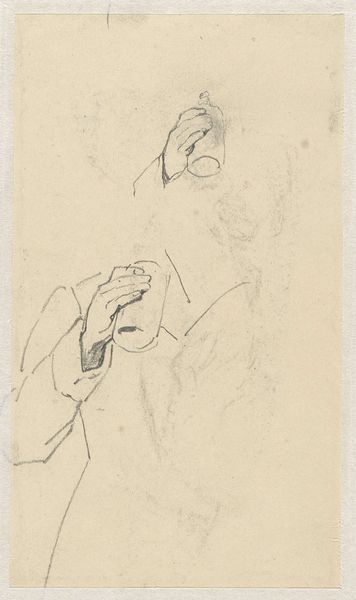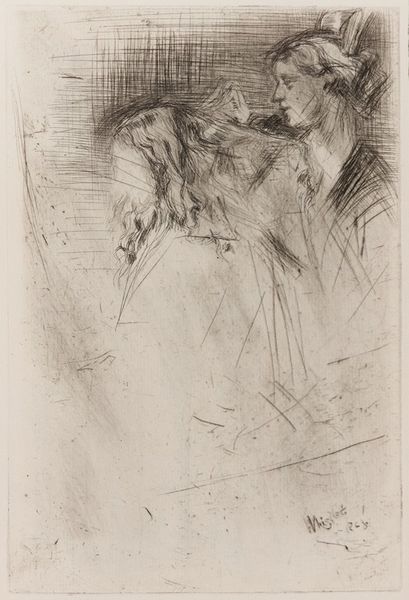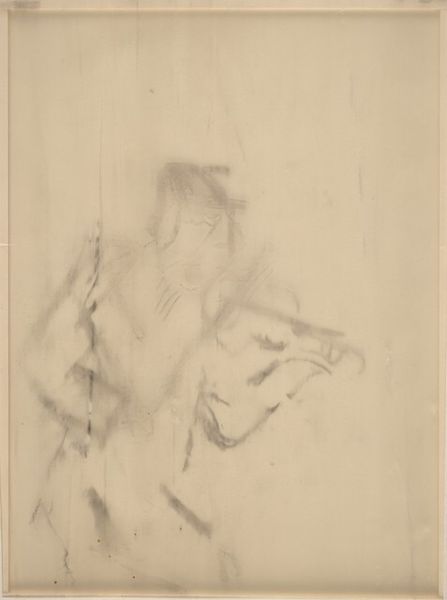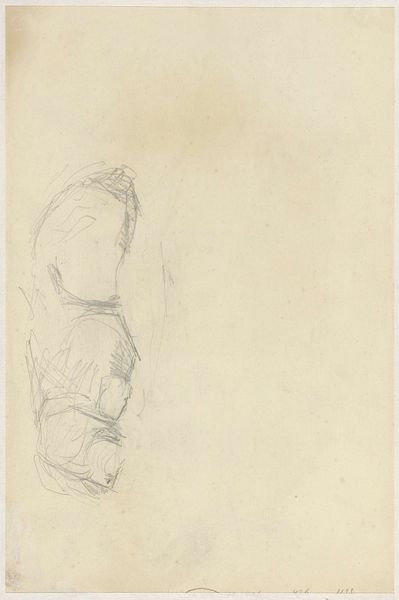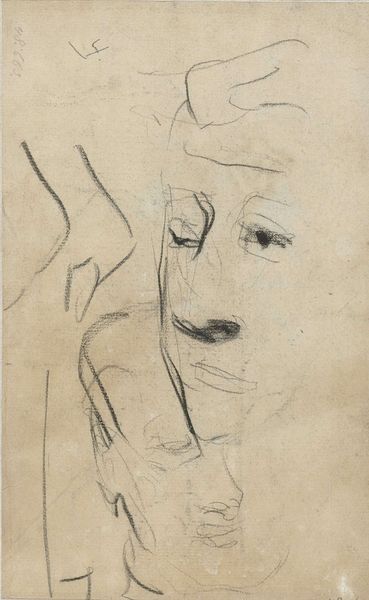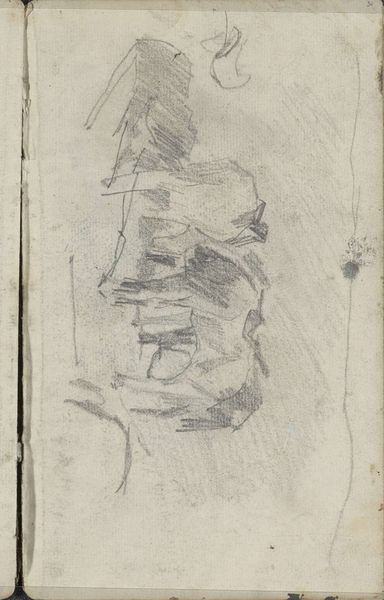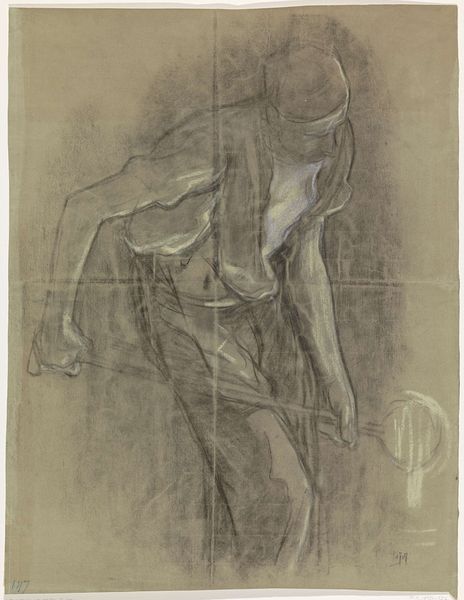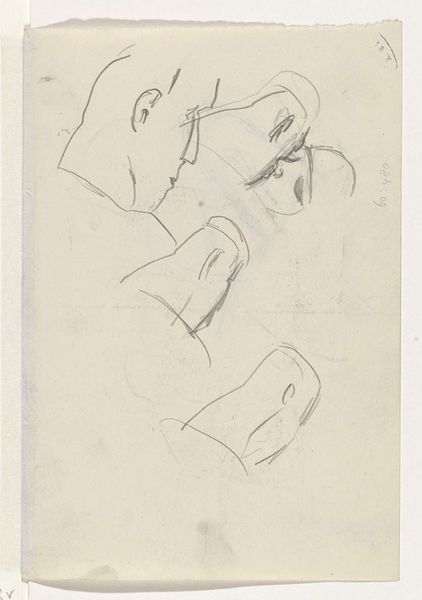
print, etching
# print
#
etching
#
geometric
Dimensions: Image: 310 x 230 mm Sheet: 412 x 293 mm
Copyright: National Gallery of Art: CC0 1.0
Editor: This etching, "Home (Still Life)" by Ronald Joseph, made in 1946, depicts a rather abstracted tabletop scene. It looks very… geometric, almost like a blueprint for a cubist painting. What jumps out at you when you look at it? Curator: Immediately I see the labor embedded in the etching process itself. Consider the physical act of incising the image into the metal plate. Think about the artist repeatedly applying acid, wiping away the residue, inking, and then printing. These steps reflect the social context of post-war production – a tangible relationship to labor so distant from us now. How does this physicality relate to the concept of "home?" Editor: That’s interesting! I hadn't really considered the act of creation as part of the meaning. The title “Home” makes me think about comfort and familiarity, and this print seems deliberately…uncomfortable? The textures are rough, not at all cozy. Curator: Exactly! Now consider what those domestic objects represented then. Were they easily accessible to all social classes or were certain pieces aspirational markers of class? The *making* and consumption of "home" were undoubtedly linked in complex ways. Did Joseph critique these dynamics with the print? Editor: That's true; these could have been objects out of reach for many people at the time. Perhaps the abstracted rendering is another layer of commentary on accessibility. I had assumed abstraction meant simplicity, but you've shown me it can reflect social tensions instead! Curator: Precisely. Material choices are never neutral. We have to consider what something is made of and what it took to create it, to unpack its full story.
Comments
No comments
Be the first to comment and join the conversation on the ultimate creative platform.

